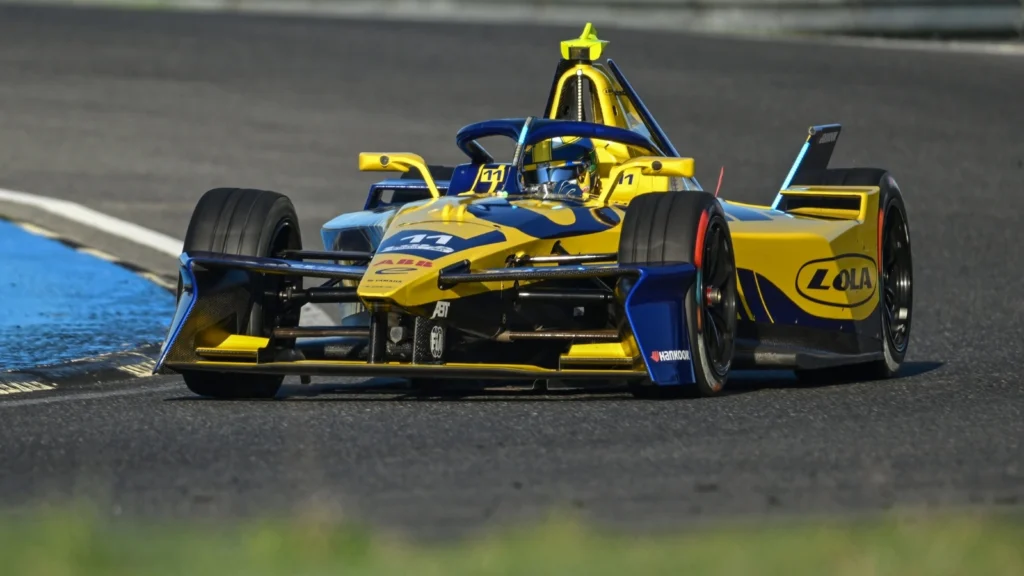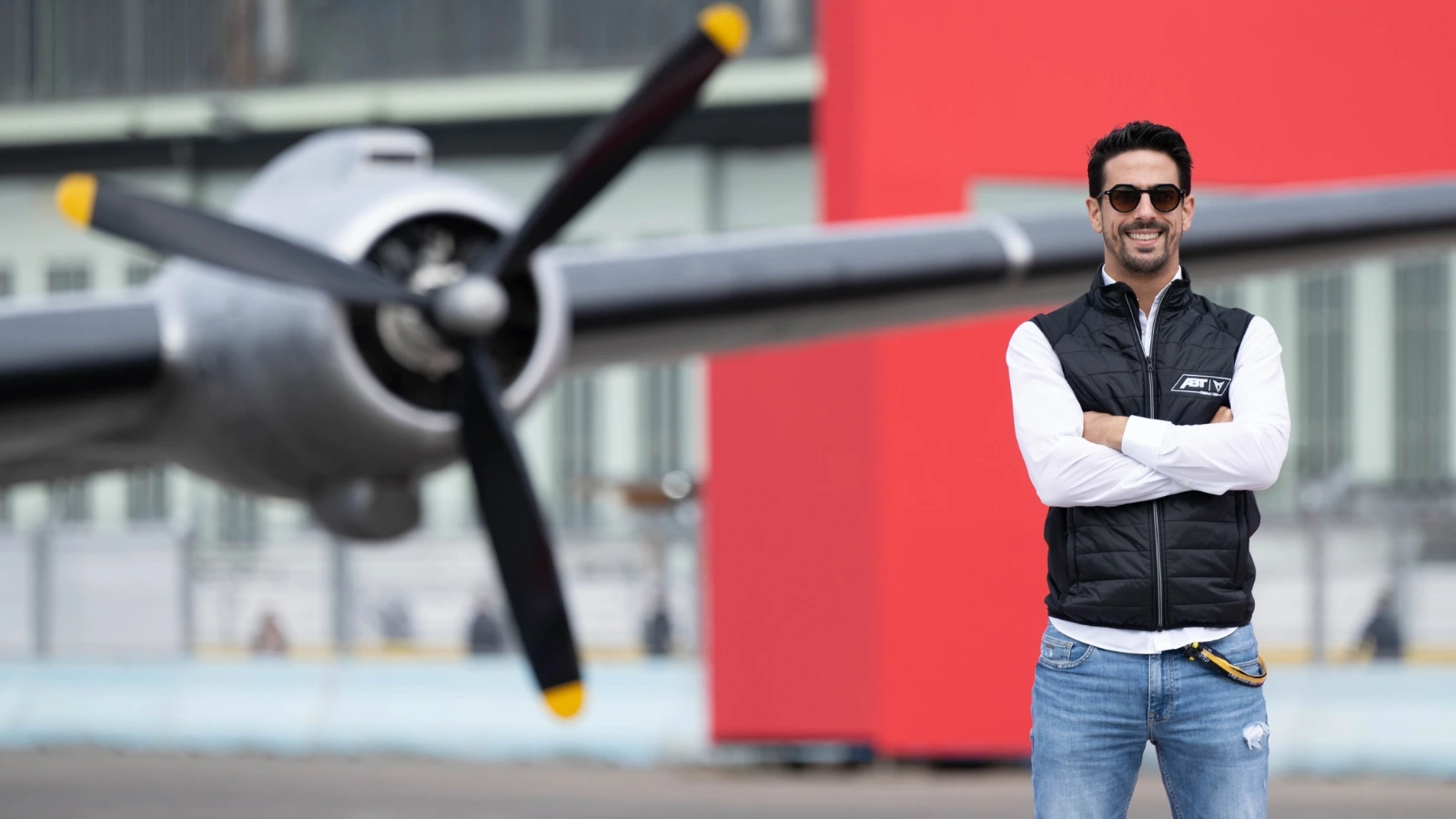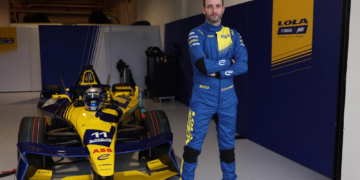Hometown hero Lucas di Grassi believes that “chaos” could help the Lola Yamaha ABT team score some early FIA Formula E points at the São Paulo E-Prix tomorrow.
The veteran, known as Mr Formula E, is utilising all his intelligence and experience to help the famed British manufacturer in its nascent steps into Formula E, its foray back into top level motorsport.
Lola are around two years behind the curve in comparison to other manufacturers as they only took delivery of a GEN3 Evo car in April, but di Grassi believes the team has done a lot to get to where it is, and sees progress from the pre-season testing in Jarama.
“Reliability was good, pace was not bad. Not great, but not bad,” he told Motorsport Week, “but here it’s all different. We cannot use the same setup, same setting, so it’s hard to say.
“I’m 100% sure that we are behind the others. We are two years behind. But the pace is good. So if we manage to get a good setup and a good weekend, I think we can do points and we can be in the fight but in normal conditions, I think we are still a little bit behind.”
One of the big concerns this weekend is the possibility of the raining season in Brazil rearing its head, but if the race can go ahead with some rain, di Grassi sees it as a golden opportunity.
“The more chaotic… It’s probably going to rain a lot now. Yeah. So it’s super chaotic.Maybe with more chaos it’s good for us. Like the first podium with Mahindra in the first race [Mexico, Season 9], yeah, you never know.”
Another potential avenue of success di Grassi sees is the chance of the infamous Pit Boost idea finally going ahead, which it appears to be, but he is cautious of predicting something big from it, as the efficiency will lean towards the more successful powertrains.
“Normally, with Pit Boost, the most efficient car has a better edge, so I would say that Pit Boost is maybe not the best for us but because of the fact that it’s a mess and maybe there’s a safety car, only half of the cars actually can go through the pit lane and boost and all the cars have to wait a lap.
“So this could throw a little bit everything upside down, so it could help us in a way.
“But if you look at the perfect race with no problems whatsoever, the Pit Boost actually favours the more efficient guys.
“I like it… I think it’s good. I think it’s something that pushes the right technology, creates two different races, that you can do two different stuff. So I think it’s good.”

Di Grassi ‘impressed’ by Lola’s hard work, ‘committed’ to the project
It almost feels like the perfect fit that one of the famed faces of Formula E is also driving for an esteemed manufacturer in Lola. Di Grassi agrees.
“Yeah, it’s nice. That was not the original plan, right? The idea of ABT was to go for a customer team, not become a full manufacturer with a better powertrain than we had last year. That’s why I signed a long-term deal with the team. But I’m very impressed with the Lola and how the teams are working together but it’s going to be tough.
Di Grassi admits that the idea of driving one of the leading FE powertrains would be nice, but is committed to helping Lola to reach its potential.
“If I could choose, and say, look, take one already existing, very developed powertrain and put it here, for sure, for Saturday, I would have a better result than developing something from scratch. But in a long-term view, I enjoy a lot developing something, choosing, helping to come up with new ideas and different stuff.
“That is kind of in my DNA, so I kind of enjoy doing that. But it’s going to be a hard year, it’s not going to be easy. Although the car is good, on average, I don’t think we have the car to fight for championships at all.
And is di Grassi of the thinking that working so hard makes earning it even better?
“Well, I think you earn it anyway, but even so more because of all the development work.”









